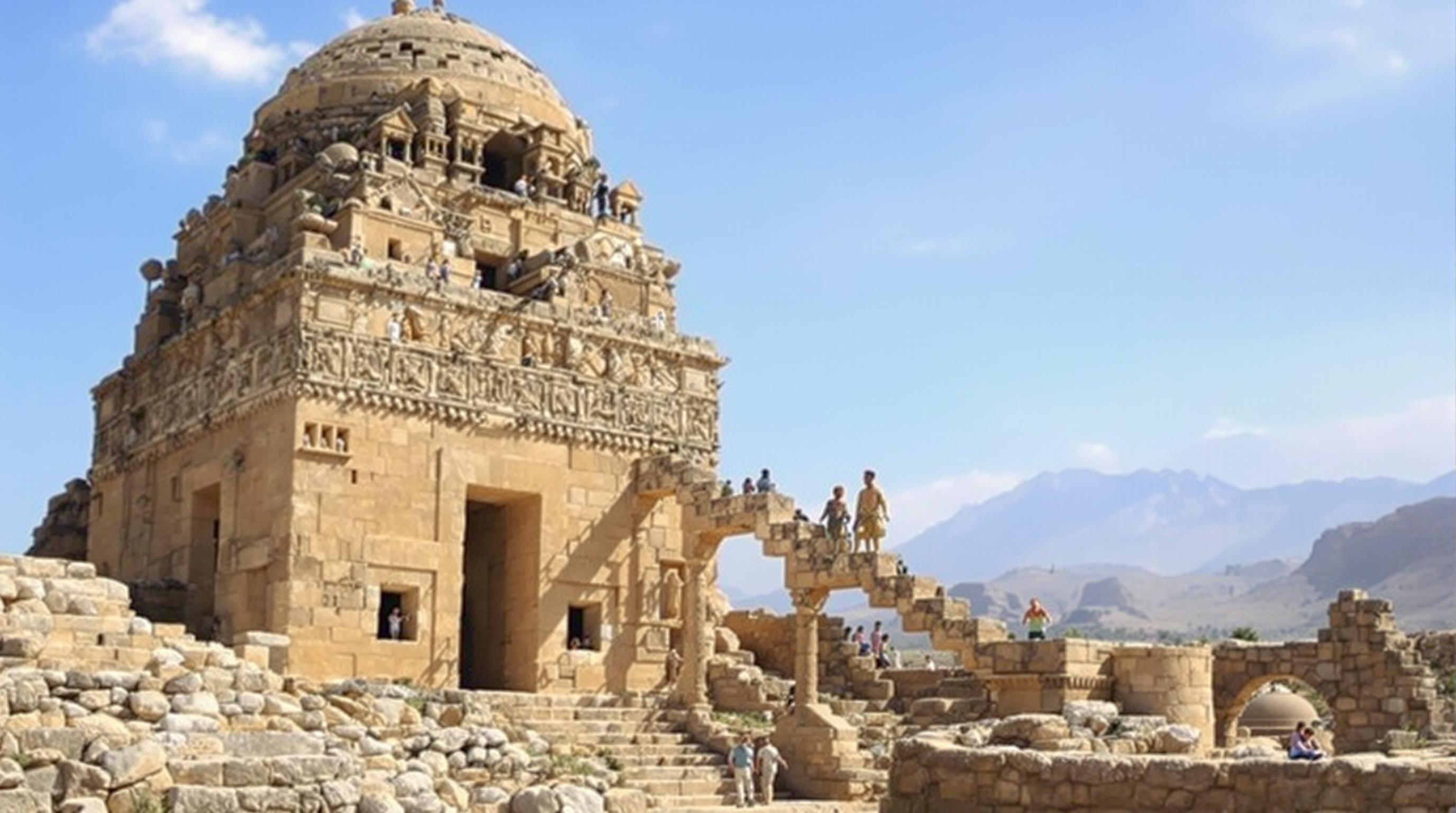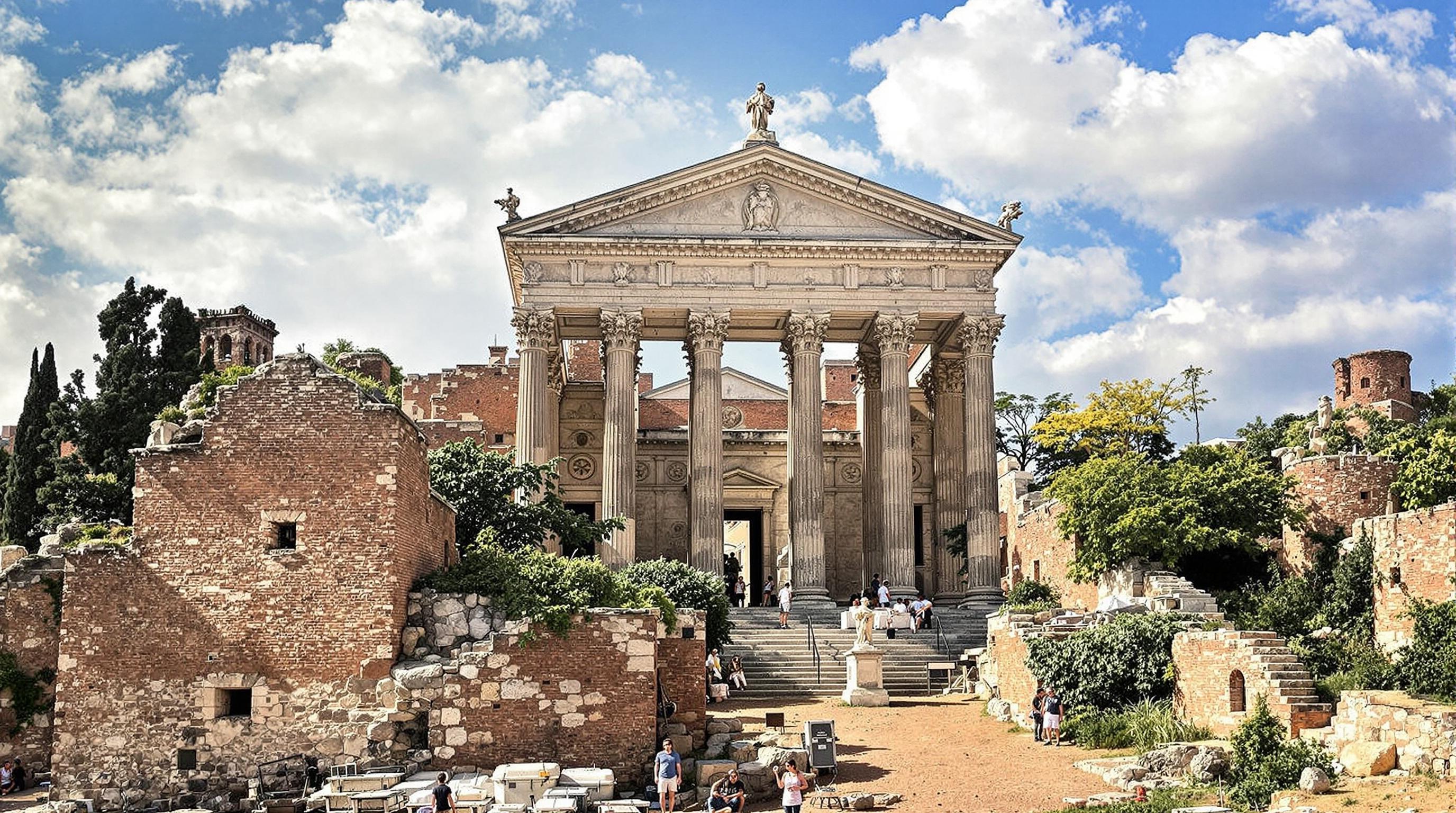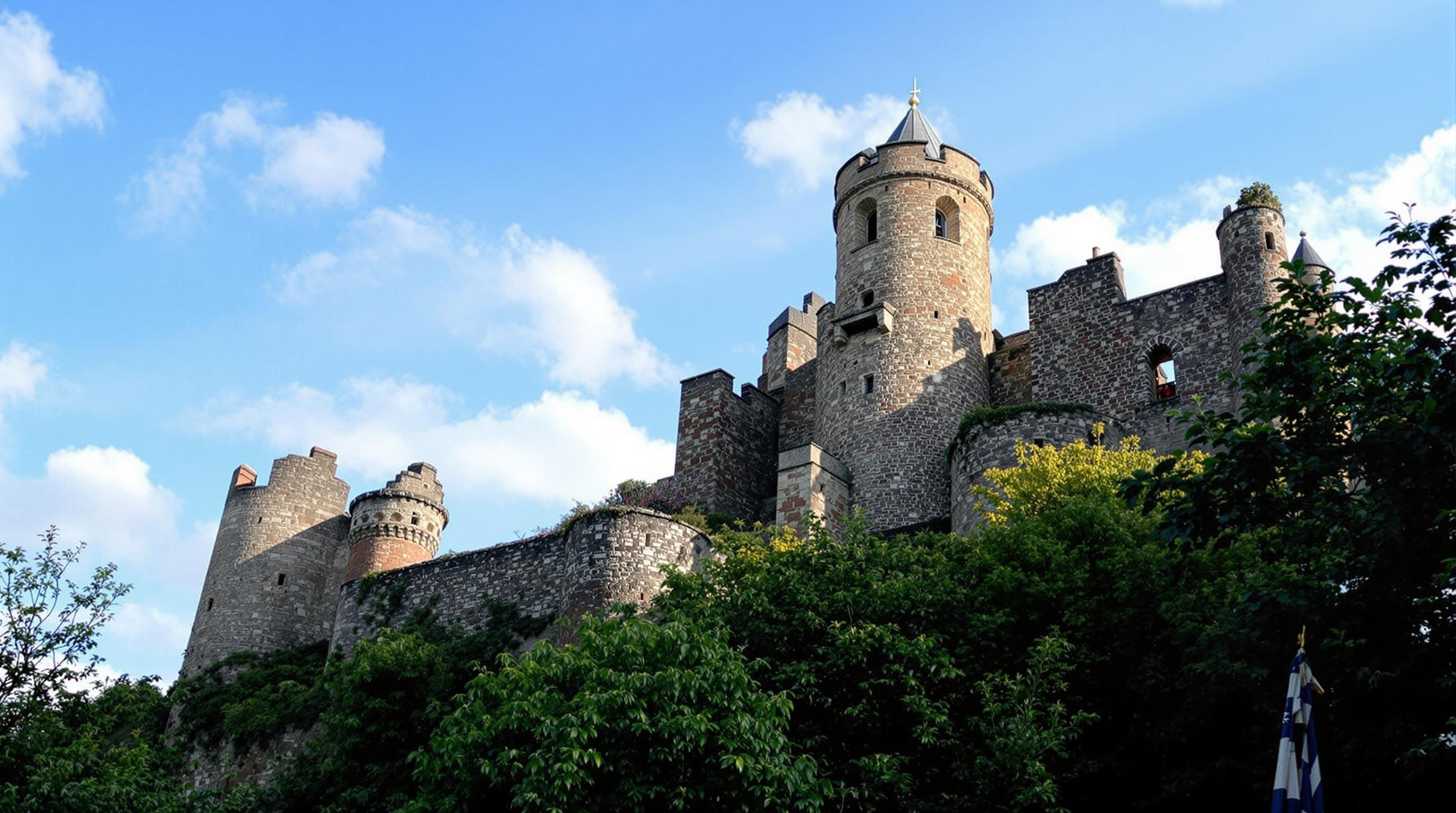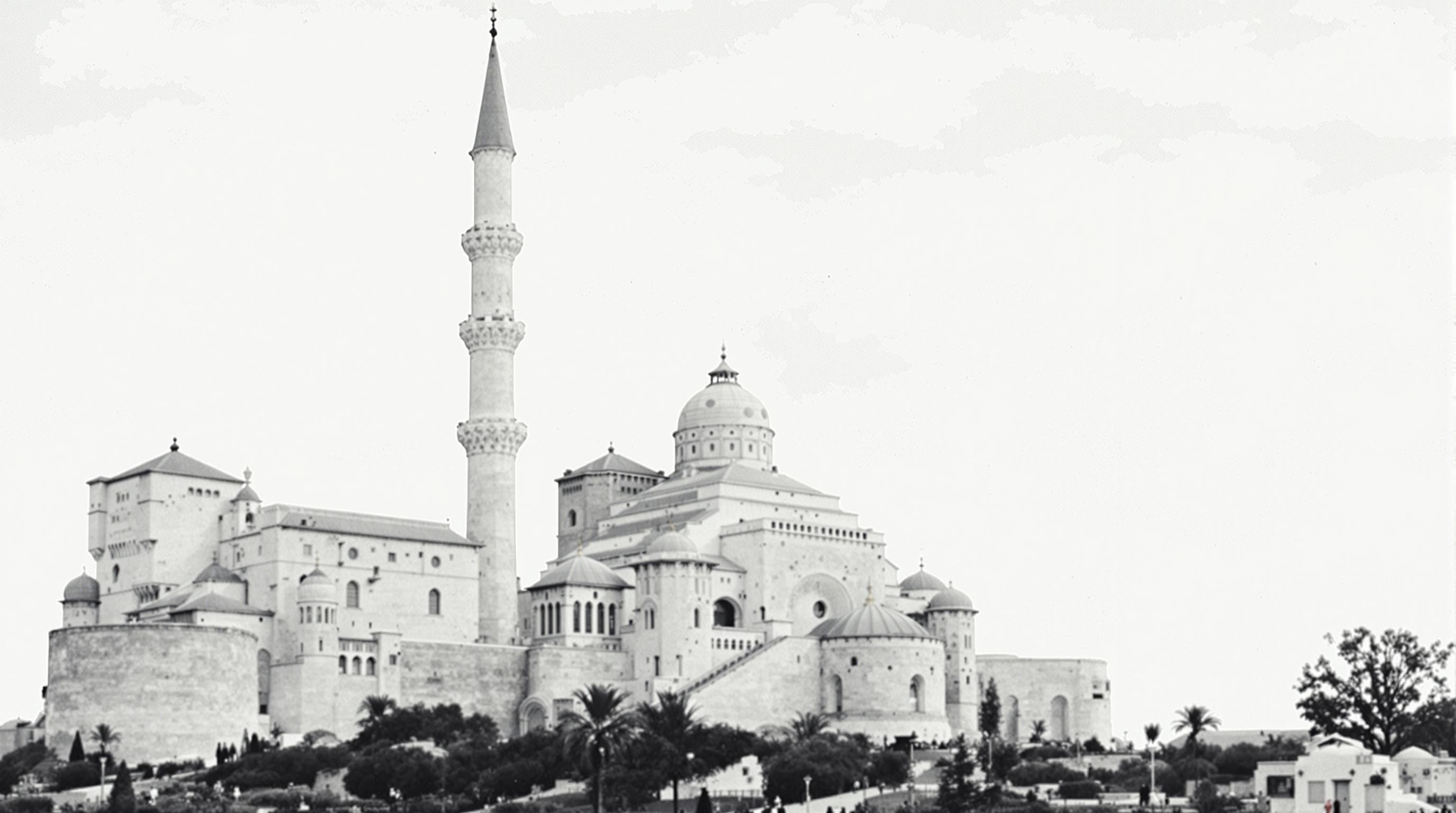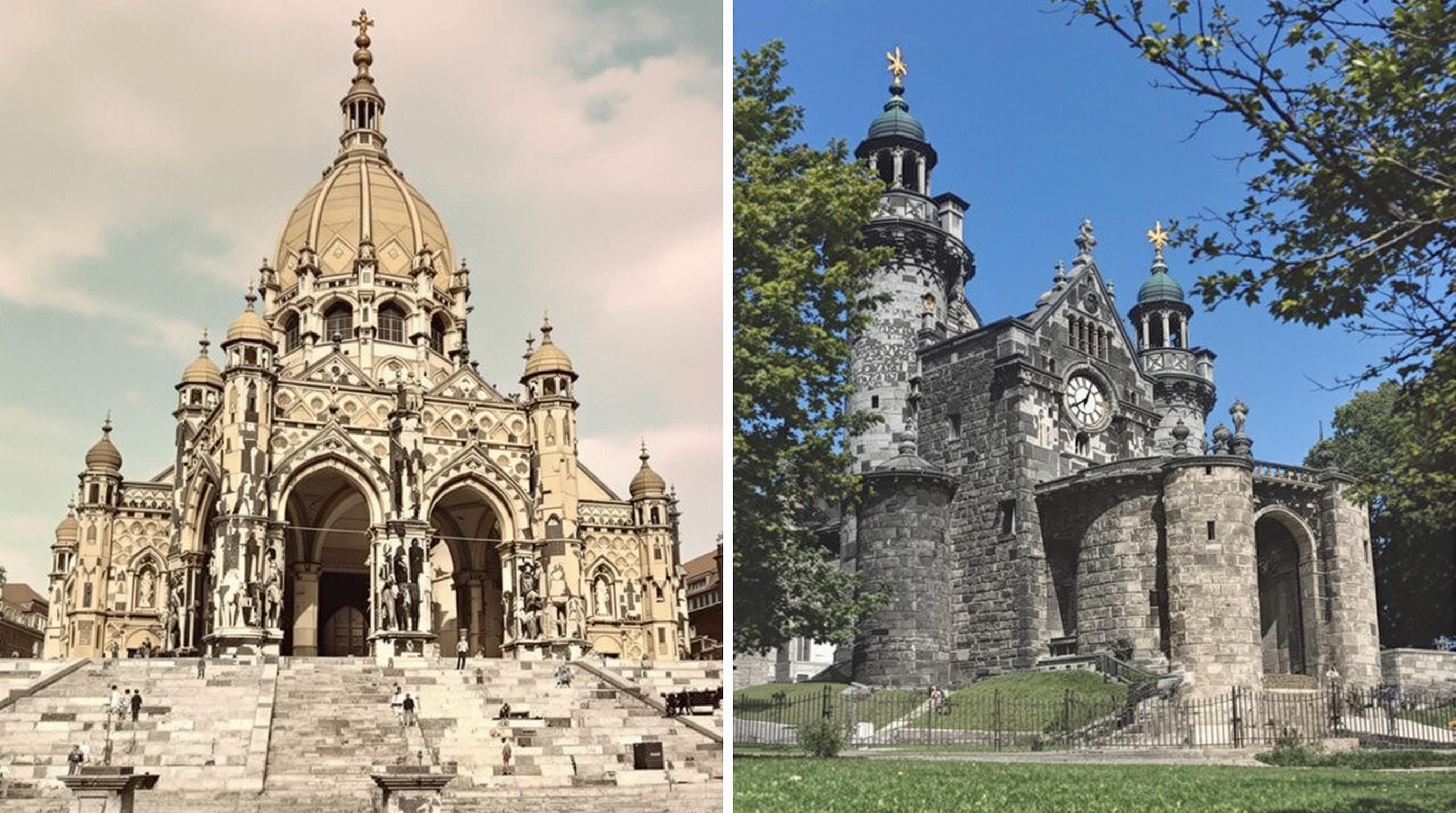Related Articles
- Navigating Ethical Travel: The Role of Arts and Crafts in Supporting Local Economies and Cultures
- Rediscovering Ancestral Routes: How Ancient Trails Offer Insights into Sustainable Travel Practices
- The Ethical Dilemma of Luxury Travel: Splurging or Supporting Sustainable Development?
- Navigating Ethical Dilemmas: The Quest for Authenticity in Local Food Experiences While Traveling
- Beyond the Facade: Exploring the Subsurface Infrastructure of Iconic Historical Structures
- Curiosities Unearthed: The Surprising Connections Between Historic Sites and Modern Art Movements
8 Captivating Historic Landmarks That Redefine Our Connection to Forgotten Civilizations and Their Untold Stories
8 Captivating Historic Landmarks That Redefine Our Connection to Forgotten Civilizations and Their Untold Stories
8 Captivating Historic Landmarks That Redefine Our Connection to Forgotten Civilizations and Their Untold Stories
1. The Great Pyramid of Giza
The Great Pyramid of Giza, standing as the last remaining Wonder of the Ancient World, continues to captivate visitors with its monumental scale and intriguing history. Built over 4,500 years ago as a tomb for Pharaoh Khufu, this ancient structure defines the engineering prowess of the Egyptians. The pyramid, originally clad in gleaming white limestone, reflects the sophisticated architectural skills mastered during the Fourth Dynasty of the Old Kingdom.
Beyond its grandeur, the Great Pyramid holds secrets that speak to the civilization's beliefs and practices. The details of its construction remain a topic of debate among historians and archaeologists, with theories ranging from external ramps to more complex internal systems. Each block of stone, weighing an average of 2.5 tons, tells a story of labor, organization, and devotion.
As the sun casts shadows over its surface, the pyramid offers a profound reminder of our connection to a civilization that has long since faded yet remains integral to our understanding of human achievement. Scholars and enthusiasts alike continue to unravel its mysteries, reminding us that the echoes of the ancient world are still with us today.
2. Machu Picchu
Nestled high in the Andes Mountains of Peru, Machu Picchu is often referred to as the "Lost City of the Incas". Rediscovered by American historian Hiram Bingham in 1911, this 15th-century citadel represents the profound relationship between humans and nature. Built by the Inca Empire, Machu Picchu showcases the ingenuity of its builders, with terraced agricultural systems, sophisticated drainage, and stone constructions that have stood the test of time.
The site is not only an architectural marvel but also a spiritual center, reflecting the Inca's connection to their gods and the surrounding environment. The alignment of its temples with natural features suggests an advanced understanding of astronomy and agriculture. It’s a place where history and myth intertwine, as each stone has its tale yet to be fully told.
Today, Machu Picchu captivates travelers from around the globe, offering a glimpse into a civilization deeply attuned to its landscape. As we walk through its ruins, we are reminded of the Incas' legacy and the untold stories that linger amidst the stones and valleys.
3. Stonehenge
Stonehenge, located on the Salisbury Plain in England, stands as an enigmatic symbol of prehistoric culture. Dating back to around 3000 BC, this circle of standing stones has been the subject of fascination and speculation for centuries. It is believed to have served as both an astronomical observatory and a ritual site, enabling the ancient peoples to navigate both time and communal identity.
The arrangement of the stones aligns with the solstices, suggesting a sophisticated understanding of celestial movements. Each stone, some weighing up to 25 tons, was transported from miles away, indicating a level of social organization and collective effort that reflects the importance of the site to their culture. Through research and ongoing excavations, new theories continue to emerge, enriching our understanding of this ancient landmark.
Visiting Stonehenge invokes a deep sense of wonder as we contemplate the lives of those who constructed it. It serves as a bridge to our ancestral past, inspiring both awe and curiosity about the spiritual beliefs and cultural practices of a society long gone.
4. Petra
Petra, the Rose City of Jordan, is renowned for its rock-cut architecture and water conduit system, revealing the ingenuity of the Nabateans. Thriving as a trading hub around the 4th century BC, Petra is a testament to the ability of ancient civilizations to adapt to and flourish in challenging environments. The city’s vibrant sandstone cliffs provide a stunning backdrop for its remarkable structures.
At its peak, Petra was an essential crossroads of trade, linking the silk and spice routes from the East to the Mediterranean. The city’s architectural grandeur, characterized by monuments such as Al-Khazneh and the Monastery, showcases an impressive blend of Eastern and Hellenistic influences. Each building reflects a unique narrative about the people who inhabited this majestic city.
Despite its decline in the 7th century, Petra remains a symbol of resilience and creativity, enchanting visitors with its beauty and rich history. The site continues to inspire awe, inviting us to delve into the forgotten stories of the Nabatean civilization and their vibrant way of life.
5. The Colosseum
The Colosseum in Rome stands as an iconic symbol of ancient Roman culture and architectural innovation. Constructed in AD 70-80, this colossal amphitheater was the scene of gladiatorial contests and public spectacles that drew crowds of thousands. Its elaborate structure, featuring a complex system of vaults and arches, reflects the grandeur of the Roman Empire at its height.
As a hub of entertainment, the Colosseum was not just a place for amusement but also a venue for showcasing power, social order, and even cruelty. The events held here often served to validate the authority of emperors and entertain the masses, thus reinforcing societal norms and hierarchies. The stories of those who fought for their lives within these walls add a poignant depth to its history.
Today, the Colosseum remains a cultural landmark and a canvas for understanding the complexities of human nature and civilization. Its ruins remind us of a time when lives hung in the balance for the sake of entertainment, allowing us to reflect on the evolution of society and the narratives that shape our world.
6. Chichen Itza
Chichen Itza, a UNESCO World Heritage site in Mexico, is one of the most famous archaeological sites of the Maya civilization. Flourishing from 600 to 1200 AD, Chichen Itza served as a major economic, political, and cultural center. The site’s most iconic structure, El Castillo, is a pyramid that reflects the Mayan’s deep understanding of astronomy, aligning perfectly with celestial events such as the equinox.
The blend of architectural styles seen in Chichen Itza showcases the influences of various cultures, providing insight into the interactions between the Maya and other Mesoamerican civilizations. The ball court, where the ancient game was played, demonstrates the ritualistic importance of sports in their society. Each monument holds a narrative that encapsulates the intricacies of Mayan life.
Visiting Chichen Itza not only immerses you in its glorious past but also encourages contemplation of the challenges faced by the Maya civilization that led to its eventual decline. The stories etched into the stone speak of triumph and tragedy, illuminating the resilience and complexities of a long-lost culture.
7. Angkor Wat
Angkor Wat, a UNESCO World Heritage site located in Cambodia, is the largest religious monument in the world and a stunning representation of Khmer architecture. Built in the early 12th century as a Hindu temple dedicated to the god Vishnu, it later transformed into a Buddhist temple complex, reflecting the cultural evolution of the region. The intricate bas-reliefs and extensive moats surrounding Angkor Wat speak to the grandeur and religious significance of this iconic site.
The sheer scale of the temple complex is awe-inspiring, with its spires reaching high into the sky, symbolizing Mount Meru, the center of the universe in Hindu and Buddhist cosmology. Angkor Wat was a hub for art and culture, and the detailed carvings provide insight into the daily life and beliefs of the Khmer people. Each corner of the temple has its story, preserved through centuries of change and conflict.
The allure of Angkor Wat continues to draw millions of visitors, all seeking to connect with the remnants of a rich civilization that has profoundly influenced Southeast Asia. The stories embedded in its stones serve as a reminder of the enduring legacy of the Khmer Empire and the interconnectedness of humanity across time.
8. The Acropolis of Athens
The Acropolis of Athens, with the Parthenon at its heart, symbolizes the cultural and political achievements of ancient Greece. Dating back to the 5th century BC, the Acropolis represents the zenith of classical architecture and serves as a cultural icon of democracy and philosophy. It was dedicated to the goddess Athena, whom the city was named after, and reflects the values of beauty, symmetry, and civic pride.
The ruins of the Acropolis tell stories of the past, from the triumphs of Athenian democracy to the artistic genius of ancient sculptures and structures. Each column and frieze conveys the ideals of the time, showcasing the artistic prowess that continues to influence modern architecture. The preservation and study of the Acropolis allow us to glean insights into Athenian life, religious practices, and their view of the world.
Today, the Acropolis stands not only as a remarkable historical site but also as a testament to the enduring legacy of ancient Greece. As visitors climb its steps, they encounter the whispers of a civilization that has shaped western thought, encouraging a deeper exploration of our collective human story.
